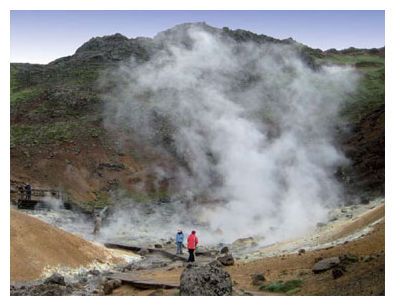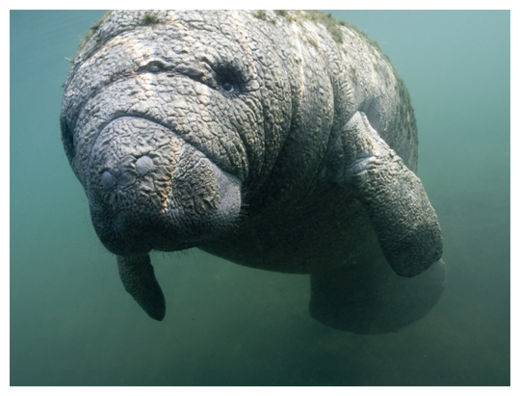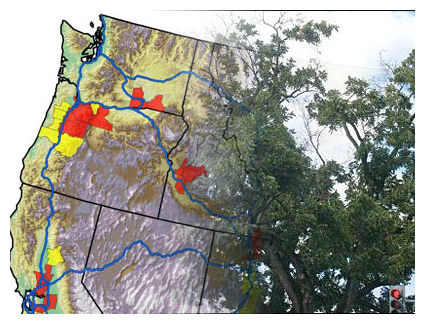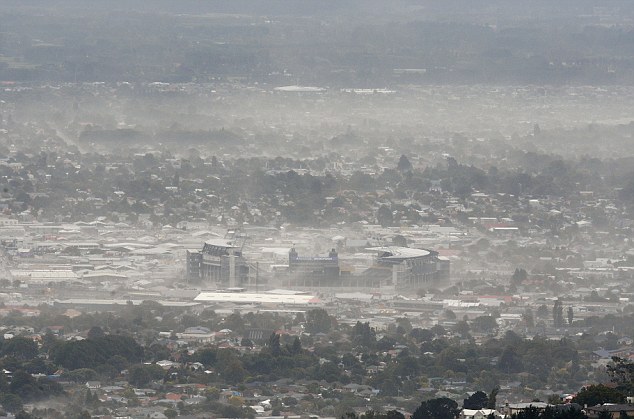
Environment Canada had forecast sustained southerly winds of 70 to 100 km/h, with peak gusts from 100 to 140 km/h. The predictions were off by about 20 km/h, said Environment Canada meteorologist Dave Wray.
"It was definitely one of the stronger storms of the season but it wasn't busting any kind of records," Wray said. "The system was just a little further offshore and north than expected."
The strongest winds on the coast were on Solander Island, off the northwest tip of Vancouver Island, where gusts were clocked at 90 knots (160 km/h).
In Greater Victoria, the storm's peak time was between 5 a.m. and 7 a.m., with sustained winds of 50 km/h and gusts of about 70 km/h. By mid-morning the warm, southeasterly winds had driven the temperature up to 9.4 C








